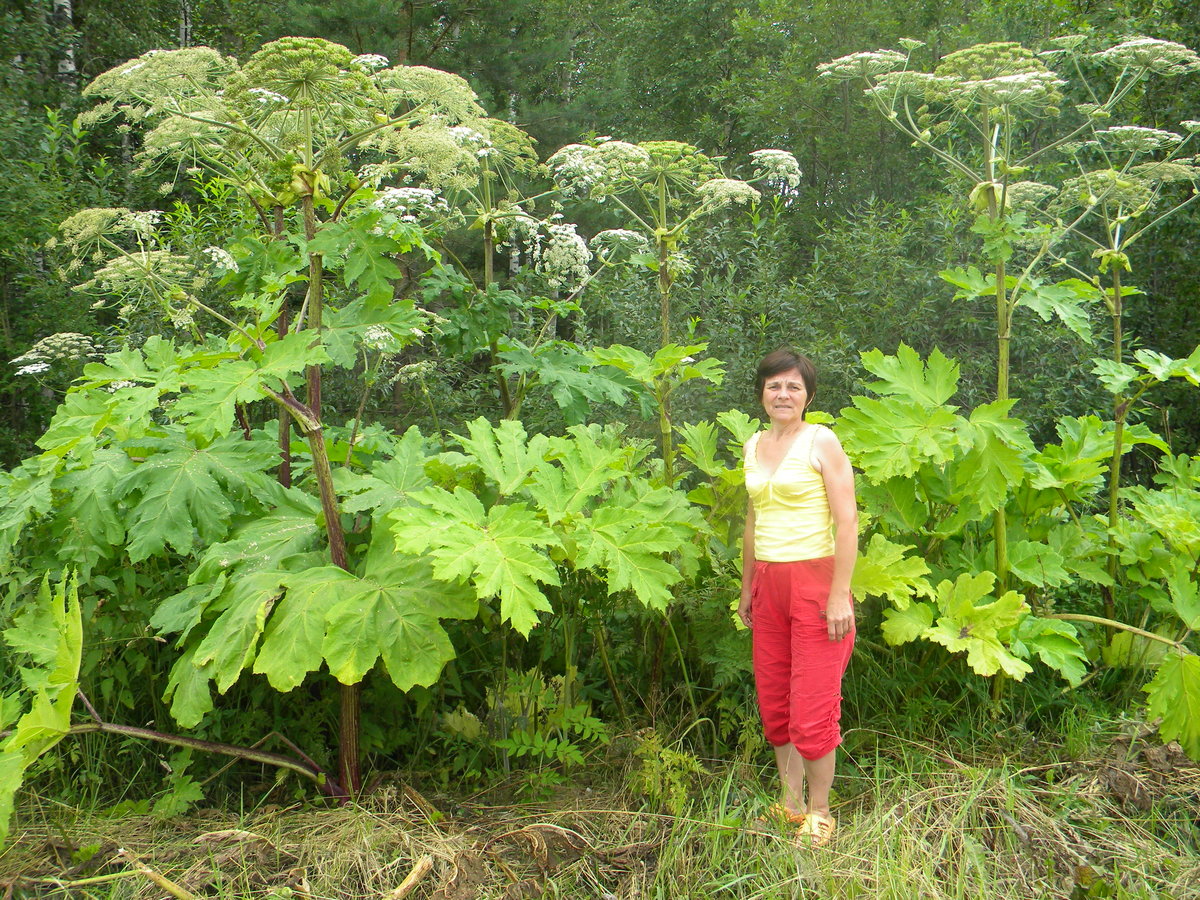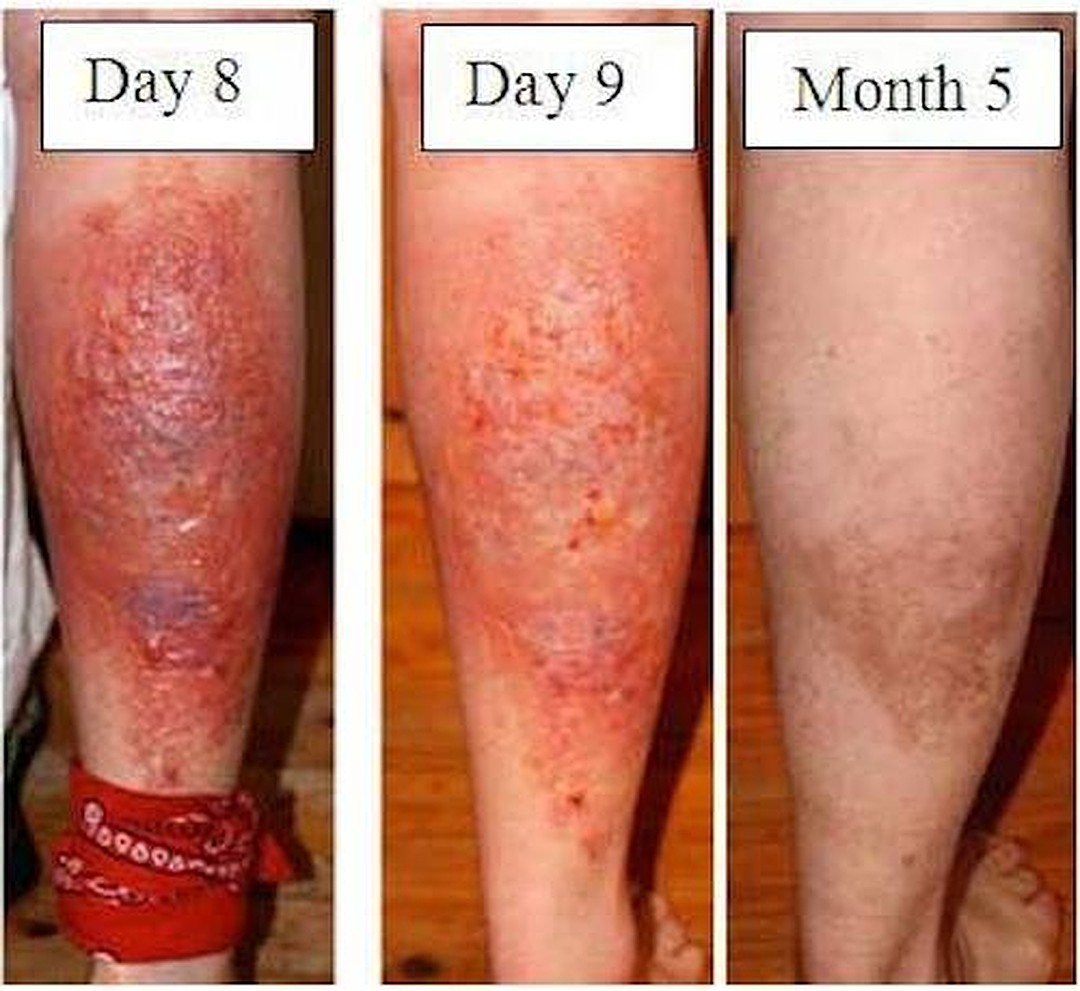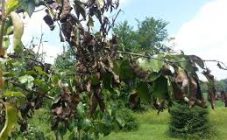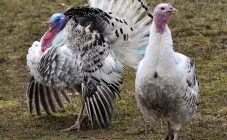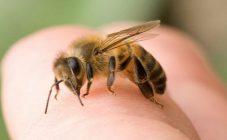Content:
Hogweed is a perennial herb belonging to the Umbrella family. Refers to poisonous. On contact with the skin, it causes burn dermatitis, which takes a long time to heal.
What is hogweed
The herb from which burns - hogweed - looks like a tall plant with a thick hollow stem up to 1.5 m, large cut leaves and small white flowers, collected in umbellate inflorescences. Differs in very fast growth.
A person will not immediately feel that he has been burned. But it is worth getting under the sun's rays, under the influence of ultraviolet radiation on the affected area of the body, a severe burn develops. Its severity depends on the amount of juice that gets on the skin, the duration of sun exposure, and its brightness.
Symptoms of skin lesions with hogweed
The resulting burn from the hogweed plant is similar to that when burned with oil.
Most often it manifests itself in the form:
- burning, itching;
- redness;
- the appearance of blisters;
- deep ulcers.
How can you provide first aid:
- Go into the shade, as in the sun the progression accelerates significantly.
- Immediately wash the burned area with soda solution or clean soapy water. If there are already blisters, this should not be done.
- Disinfect the affected area with any antiseptic.
- Treat with anti-scald agents.
- Take antihistamines.
Pharmacy products and ointments for burns with hogweed
Light burns from hogweed can be cured on their own. The damaged skin is degreased and treated with anti-burn and antiseptic preparations. Most effective:
- antibacterial: iodinol, etonium, dermazin;
- wound healing: propolis, sea buckthorn oil, panthenol;
- complex: levomekol, olazol.
For the treatment of blisters and deep skin lesions, ready-made disposable coatings are successfully used in therapy: sterile napkins or dressings moistened with special medicinal solutions. They provide complete conditions for wound regeneration and heal without scarring.
Burn from grass hogweed: how to treat folk remedies
For treatment at home, they adhere to the recommendations: exclude exposure to the sun (do not go outside even in clothes), treat the affected area with the means available at hand.
What else to treat:
- 1 tbsp. spoon of chopped oak bark for 10 minutes. boil in 2 glasses of water, and then apply gauze soaked in broth for 10-15 minutes;
- cut aloe leaf lengthwise and attach it with a cut to the burnt area;
- chop the plantain leaf, squeeze out the juice, moisten a napkin with it and keep it in place of the burn.
Is an allergic reaction to hogweed pollen and the plant itself possible?
Quite often there is an allergy to cow parsnip, which has a sharp characteristic smell, similar to kerosene. The reaction can be provoked by the pollen of the plant, carried by the wind for several meters.
The main method of protection is clothing on all parts of the body. Do not approach or touch the plant. Even better is to get rid of the hogweed grass in the places where it grows.
If all this is foreseen in advance, then a burn from the plant can be avoided. With such things, jokes for many will be bad, since the wound will really bother you.
